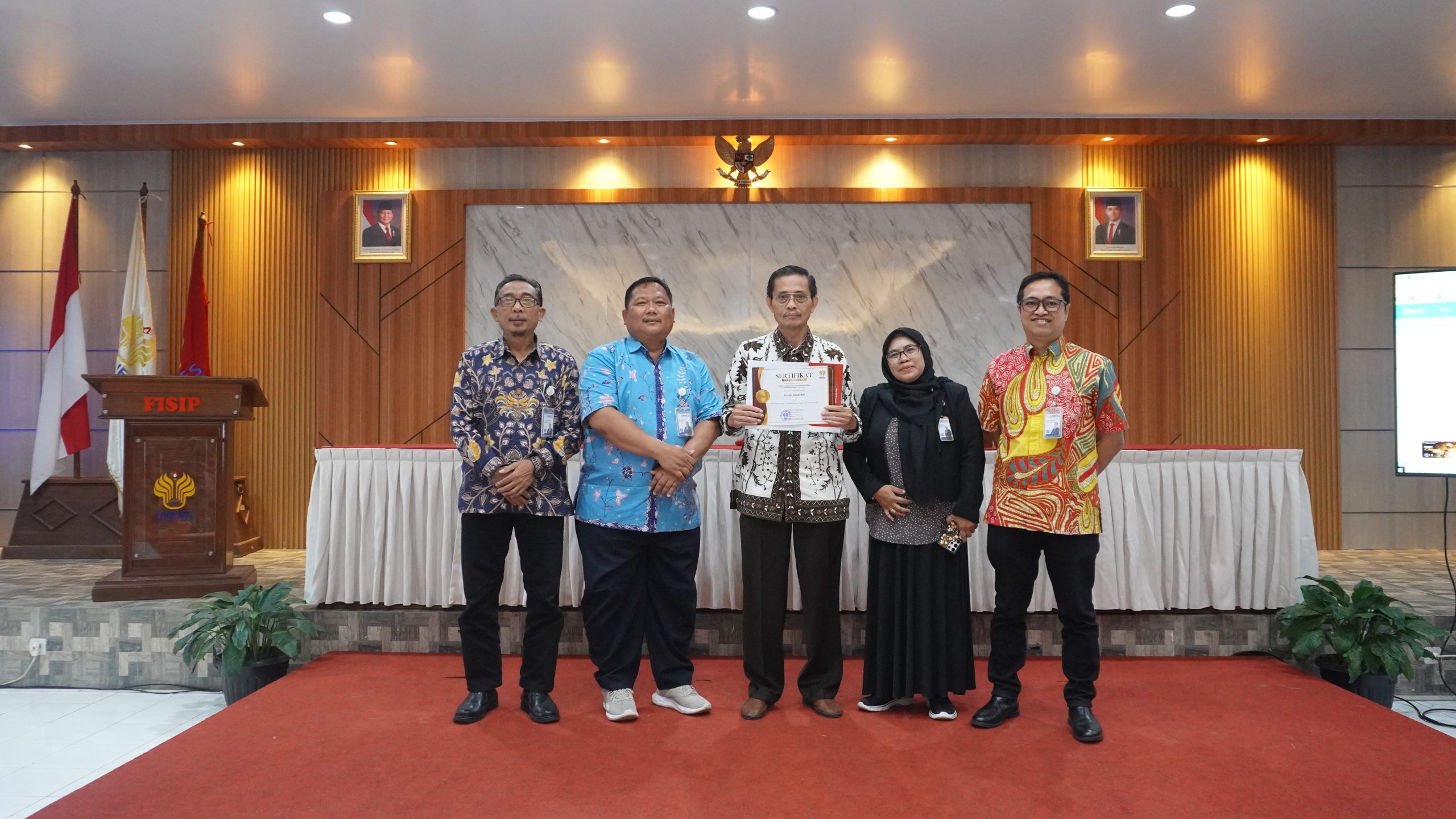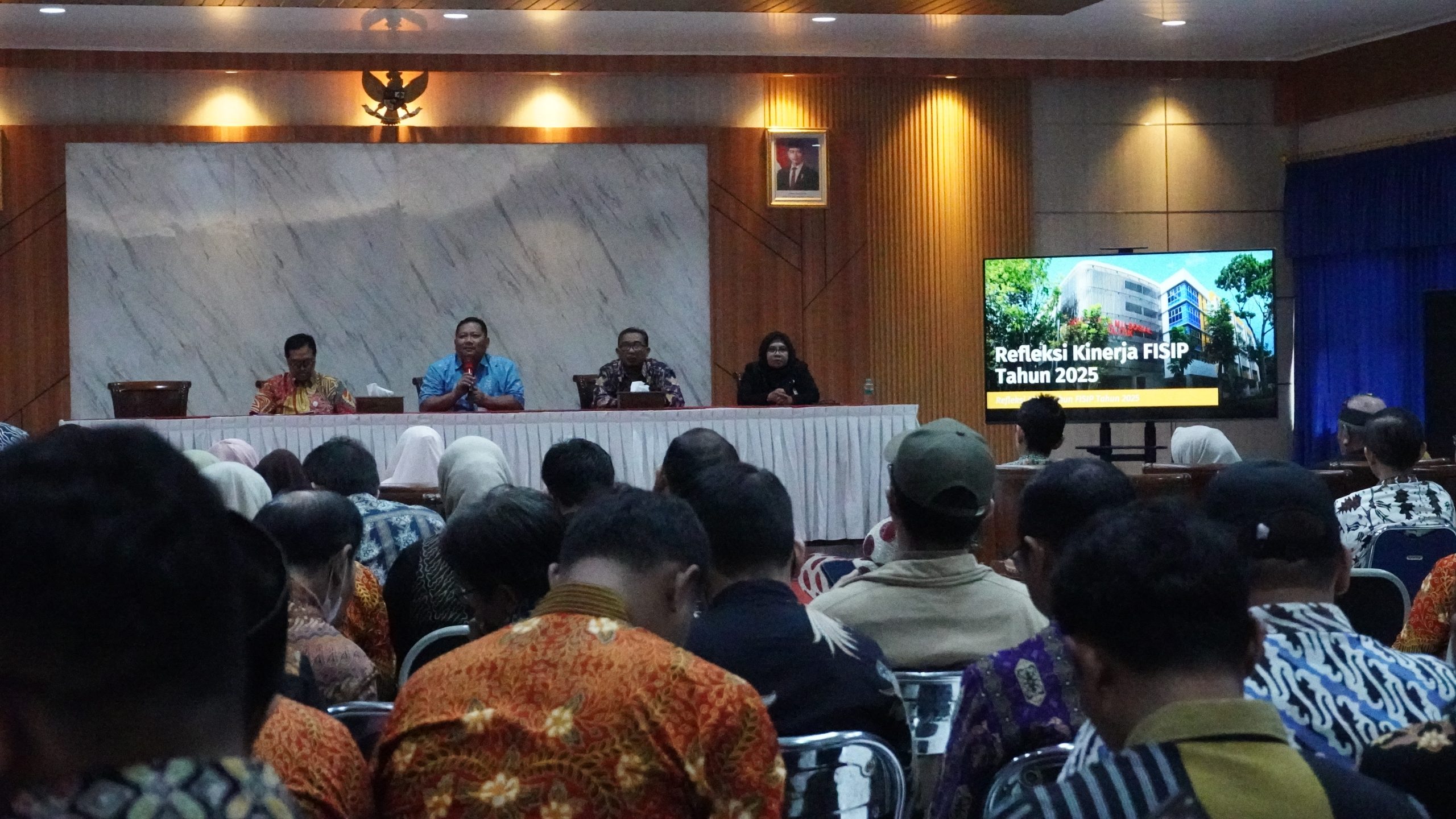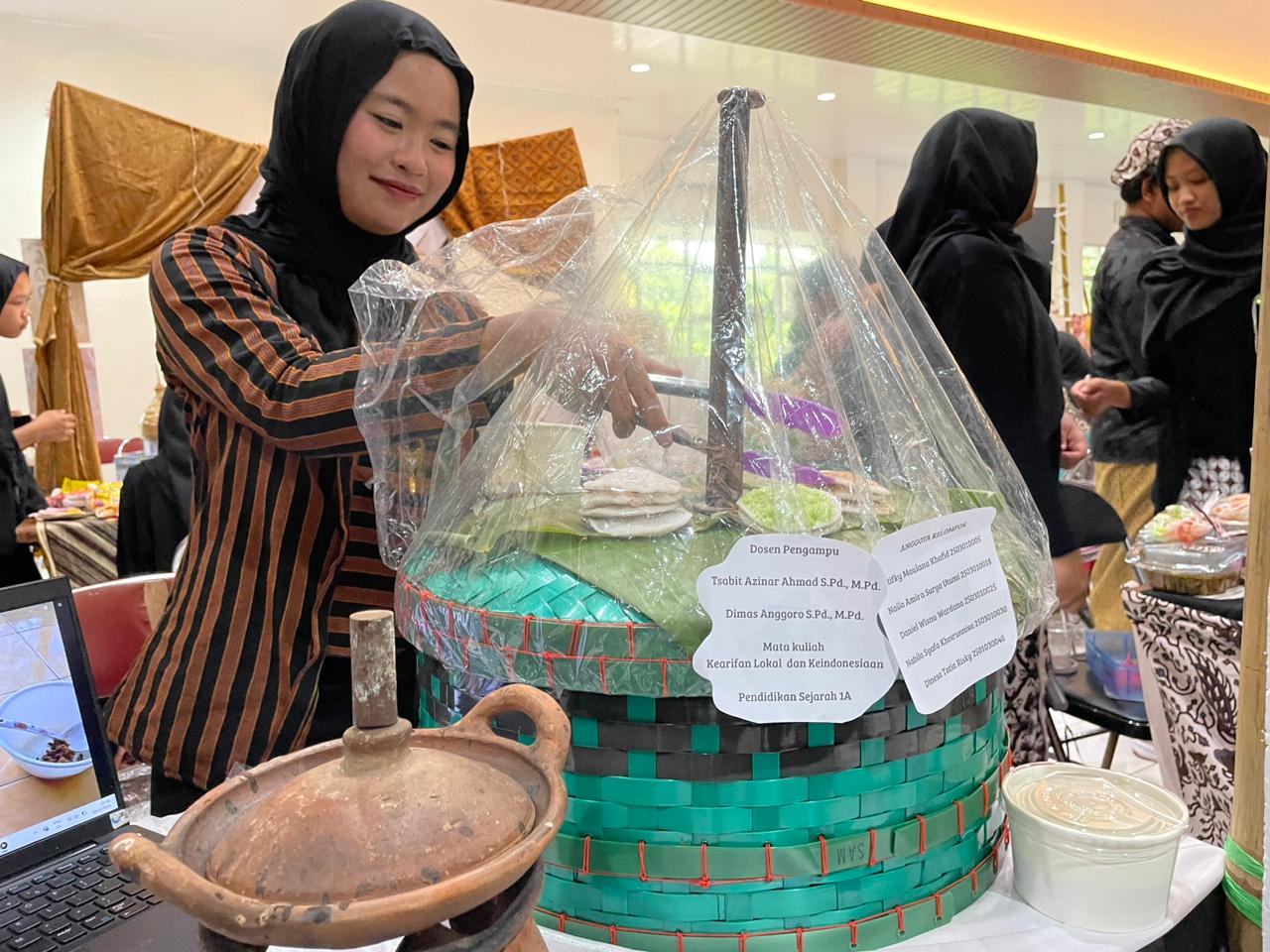Culture comes from Sanskrit, namely Buddhayah, which means “mind or reason,” which is also interpreted as matters relating to the mind and human reason. Culture is a complex set of values polarized by images that contain a view of their own privileges (Kristanto, 2019). Humans themselves cannot be separated from culture because everything goes together in composing life (Yosi, 2011). According to J.J. Honigmann, the form of culture itself has three forms: ideas, activities, and artifacts.
Nyadran originates in the Hindu-Buddhist tradition. Since the 15th century, the Walisongos have combined this tradition with their preaching so that Islam can be easily accepted. Nyadran is held once a year on the Javanese calendar on Thursday, Kliwon Jumadil Akhir. The emergence of the Nyadran Kali ceremony was due to the use of water in several springs. Nyadran activities that are carried out include spring nyadran, squeeze, sendang alms, and sendang cleaning.
Kandri is a village located in Gunungpati District, Semarang City. Kandri Village has an area of 245,490 ha. Kandri Village consists of 4 RWs and 26 RTs. Residents in the Kandri Tourism Village still have relatively original traditions and cultures. One of them is the Nyadran ceremony, which uses springs in Sendang Kidul, Sendang Gede, Sendang Jambu, and Sendang Getas.
Nyadran culture is related to the use of water for daily life. Meeting water needs can be sourced from rainwater, surface water, and groundwater (Sudarmadji et al., 2015; Giran & Kholid, 2020). The use of groundwater in the city of Semarang has caused several environmental impacts, such as the lowering of the groundwater level and subsidence of the ground surface, often called subsidence (Susanto, 2014). The use of surface water sources can reduce the use of groundwater. Surface water, or what is often called spring water,” is water that comes out of the aquifer to the ground surface (Purwitasari, 2007; Yuliantoro, 2019). The springs in Sendang Gede can be used for community water needs such as washing, irrigating rice fields, household needs, and so on (Khotimah et al., 2016).
This study has a general objective, namely to find out the Nyadran culture in Sendang Gede and Kandri Village as a form of spring conservation. The specific objectives of this research are as follows:
- To find out the imagination or abstraction that the community builds on the Nyadran culture in Sendang Gede as a protected area.
- To find out community behavior towards the Nyadran culture in Sendang Gede, Kandri Village, in protecting the Sendang Gede spring
- To find artifacts produced in the Nyadran culture in Sendang Gede, Kandri Village
This study used qualitative descriptive research, with the research subjects being residents of the village of Kandri. Data collection techniques used in this research are observation, interviewing, and documentation. The interview process was conducted in a structured manner based on several checklists. The sample selection technique used is snowball sampling, namely from one person first, then more and more samples based on suggestions from the first sample. The variables used in this study include cultural manifestations, Nyadran, and spring conservation. The data analysis technique used in this study is descriptive analysis, which involves describing the results of the data that have been obtained and drawing a conclusion.

Figure 1. Sendang Gede
Sendang Gede has been the location where the Nyadran Kali rites have been held since ancient times, to be precise, when the duke’s reign was held by Mbah Japar. The shape of Sendang Gede has remained the same since ancient times, with only a few reforms, such as building baths, mortars, prayer rooms, and toilets. However, based on the results of the interviews, there were parts of the spring that were missing, namely in the cave, which contained lots of fish and was caused by the collapse of two types of large trees, namely the wungu tree and the bendo tree, which closed the cave. Since ancient times, the existence of Sendang Gede has been used by residents for washing, bathing, drinking, cooking, and irrigation of agricultural land.
Sendang Gede is a very sacred place for some residents of the village of Kandri because it is considered very haunted, but this haunted label is the foundation for maintaining the ecological environment around Sendang. The form of protecting the environment in the sendang is reflected in the philosophy of using a white cloth wrapped around every tree in the sendang, with the meaning that it is not permissible to harm the trees around the sendang or cut down the trees around the sendang. In addition, the ethical philosophy of the white cloth on the tree is to wear clothes when bathing in Sendang so that harassment does not occur, especially for women. To protect the Sendang environment from outside disturbances, there are customary rules for using water in the Sendang area, namely not being allowed to take water without the caretaker’s permission, not being polite in the Sendang area, not being able to swear at Sendang, not being able to wash kitchen utensils directly in the spring, and not being sad in the spring area.
The process of implementing Nyadran Kali activities in Sendang Gede is carried out in the evening or before Kliwon Thursday in the last Jumadil month. The Ritwal Nyadran Kali was led by Sendang Gede’s caretaker, Pak Supriyadi. The activities that are usually carried out before Nyadran Kali are providing basic food assistance to the needy from the government, cleaning springs, making mountains of vegetables, ritwal mujadah, or reading prayers, and taking holy water from seven springs. Then in the morning, the residents do the Nyadran rites. There are two versions of the process by which nyadran activities are carried out, namely Nyadran Kali before the title of tourist village and Nyadra when it is named a tourist village. Nyadran Kali, which was carried out when it was not yet a tourist village, included mujadah activities at night and, in the morning, only reading prayers together and eating together in the spring area. Meanwhile, when it became a tourist village, Ritwal Nyaran Kali was used as a leading tourist attraction with a series of events including processions, prayer readings, performances of the sacred Matirto dance, and performances of other works of art such as ketoprak, jaran ebeg, and lion dance outside the Sendang area. Then proceed with eating together and cleaning the garden. Nyadran Kali activities can be attended by all the people of Kandri village and by people outside Kandri village. The Nyadran Kali activity is an activity that is always preserved so that it can be maintained and passed down from generation to generation.
Apart from the Nyadran Kali ritual and household needs, Sendang Gede is also used for irrigating paddy fields, plantations, and fisheries. Water from Sendang Gede is never closed and continues to flow, but the discharge is reduced by the existence of large and small channels. During the rainy season, the large drains are opened so that the water does not overflow, while during the dry season, only the small drains are opened. The adaptation made by the people of Kandri Village and its surroundings is to use spring water during the dry season because during the dry season, the gardens above the spring usually suck up water using a water pump and flow the water to all the rice fields around the spring.
Sendang Gede raises activities related to humans and nature as well as humans to humans, so that in Sendang Gede there are artifacts left or other objects produced. Nature provides artifacts in the form of a spring pool that has a depth of approximately 2 meters and is surrounded by several types of trees, such as rawu, bendo, kelopo-kelopopan, bamboo, and palm trees. The age of these trees is very unknown because, since ancient times, their size has remained the same and they have not fallen or been cut down. The types of animals that can occupy the spring area include several types of fish, snakes, and turtles.
Land use in Sendang Gede is used to make two bathing rooms, a prayer room, toilets, and a parking area. In addition, an organic waste disposal site is also provided. On the other side of the sendang area, there is a small room that functions to store old mortar and as a meditation location for spring visitors. Visitors who are in Sendang Gede can also visit other springs that are not far from Sendang Gede, including Sendang Kali Kidul, Sendang Jambu, Sendang Lulang, and Sendang Gawe. Artifacts or objects needed or produced from the Ritwal Nyadran process include mountains of produce, gongs, buffalo or cow heads, jadah, traditional food, vegetables, incense, and seven kinds of flowers.
The Nyadran culture of Kali Sendang Gede was created because of a local wisdom story in the form of patching a spring with a cow’s head, gong dang jadah. To commemorate gratitude and respect for Sendang Gede, the Nyadran tradition is celebrated once a year. Sendang Gede is a very sacred location, so water conservation is still very well maintained. The form of water conservation that can be seen from the community’s activities in utilizing springs is by not contaminating spring water with soapy water, not cutting down trees in the sendang area (this can be seen from the white cloth wrapped around the trees), and not littering in the sendang area. The artifacts produced in the Nyadran Kali culture are mountains of vegetables, various traditional foods, offerings, buffalo and cow heads, gongs, and jadah. Meanwhile, the Sendang building consists of an old mortar storage room and an ascetic room, a parking area, two bathing rooms and a prayer room, toilets, and a trash can.
Reference
Antoni, Ahmad. 2023. Hidup Rukun dalam Tradisi Nyadran Kali di Desa Wisata Kandri Semarang.
https://www.inews.id/multimedia/photo/hidup-rukun-dalam-tradisi-nyadran-kali-di-desa wisata-kandri-semarang.
Fitriani, Resti Nur, dan Utina, Usrek Tani. 2020. “Tari Matirto Suci Dewi Kandri dan Budaya Masyarakat Desa Kandri Kecamatan Gunungpati Kota Semarang : Kajian Korelasi Budaya”. Jurnal Seni Tari. 9(1), Hal. 44-52.
Gibran, A. K., & Kholid, N. I. (2020). Teknik Konservasi Mataair Berdasarkan Karakteristiknya : Studi Kasus Dusun Sumberwatu dan Dusun Dawangsari, Prambanan, di. Yogyakarta. Jurnal Ilmu Lingkungan, 18(2), 342–353. https://doi.org/10.14710/jil.18.2.342-353
Khotimah, C., Indrayati, A., & Geografi, J. (2016). Penggunaan Media Buklet Pada Pembelajaran Pengelolaan Sumberdaya Air Berbasis Kearifan Lokal Pada Kalangan Remaja Kelurahan Kandri Kecamatan Gunungpati Kota Semarang Info Artikel. Edu Geography, 4(2). http://journal.unnes.ac.id/sju/index.php/edugeo
Khusniati, Miranita, dkk. 2020. Kajian Etnosains Dan Etnoekologi Dalam Budaya Jawa. Kabupaten Magelang; Pustaka Rumah Cinta.
Susanto, A. E. R. I. S. (2014). Model Konservasi Pemanfaatan Air Tanah Yang Berkelanjutan Di Kota Semarang. Jurnal Matematika, Saint, Dan Teknologi, 15, 29–41.
Yuliantoro, D. ,Dodi F. (2019). Analisis Vegetasi Tumbuhan di Sekitar Mata Air Pada Dataran Tinggi danRendah Sebagai Upaya Konservasi Mata Airdi Kabupaten Wonogiri,Provinsi Jawa Tengah. Jurnal Dinamika Lingkungan Indonesia, 6, 1–7.
Penulis:
Ika Nura Fina, Nur Fauziyah, Dea Oktavia, Mayfian Rizqi Maulana



